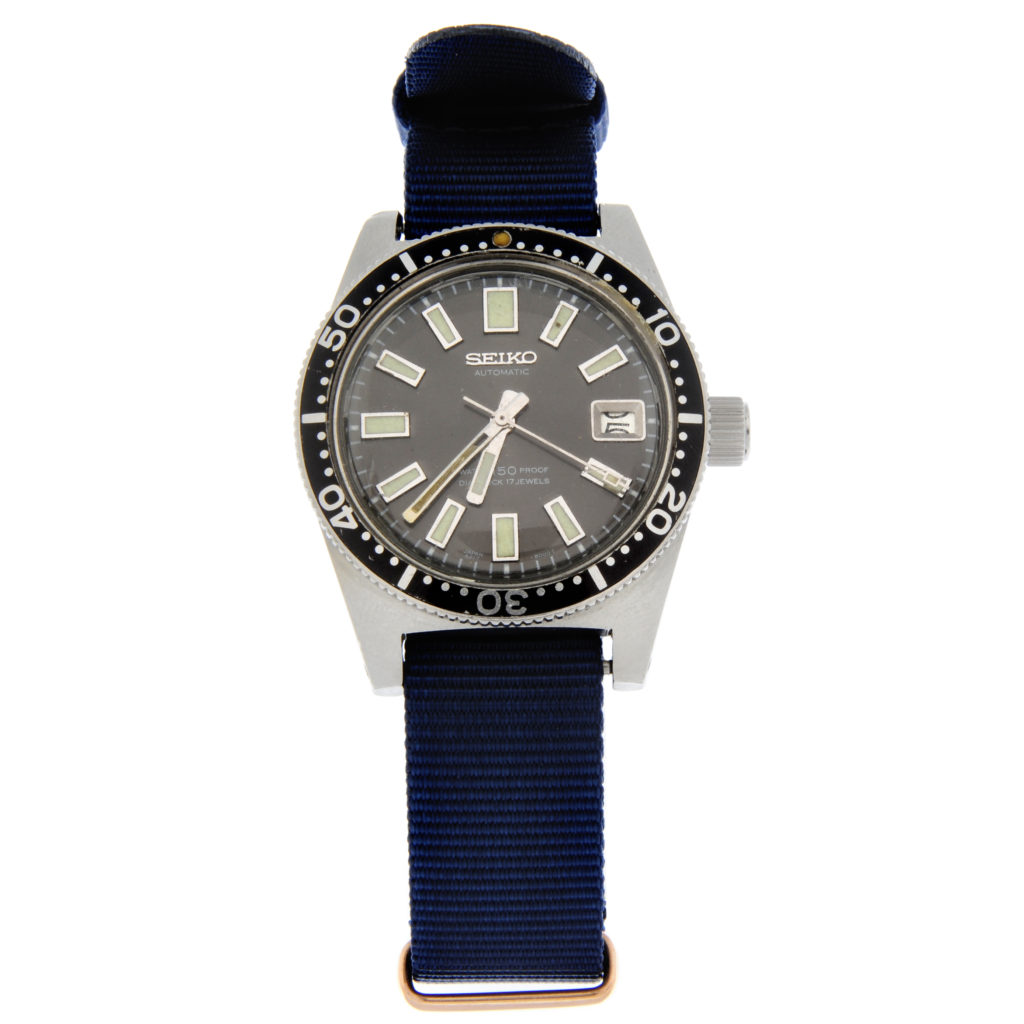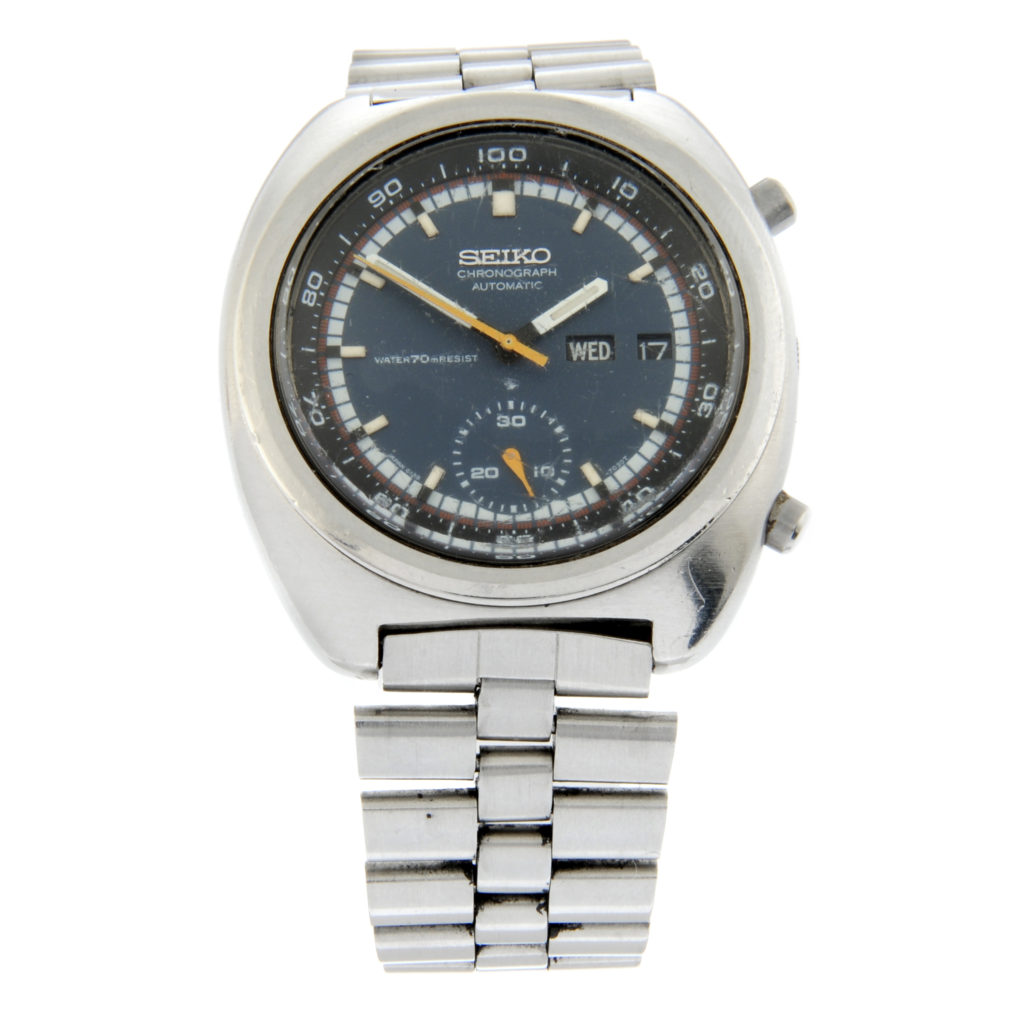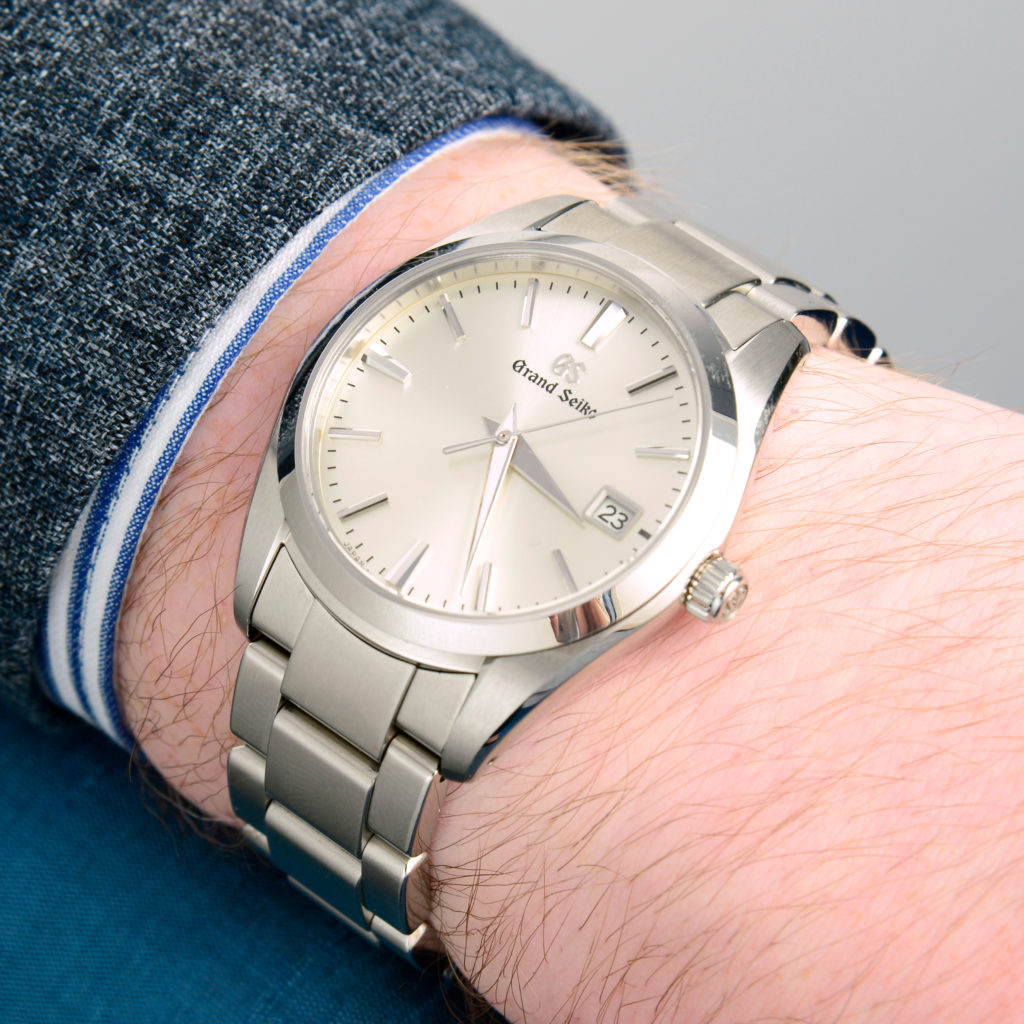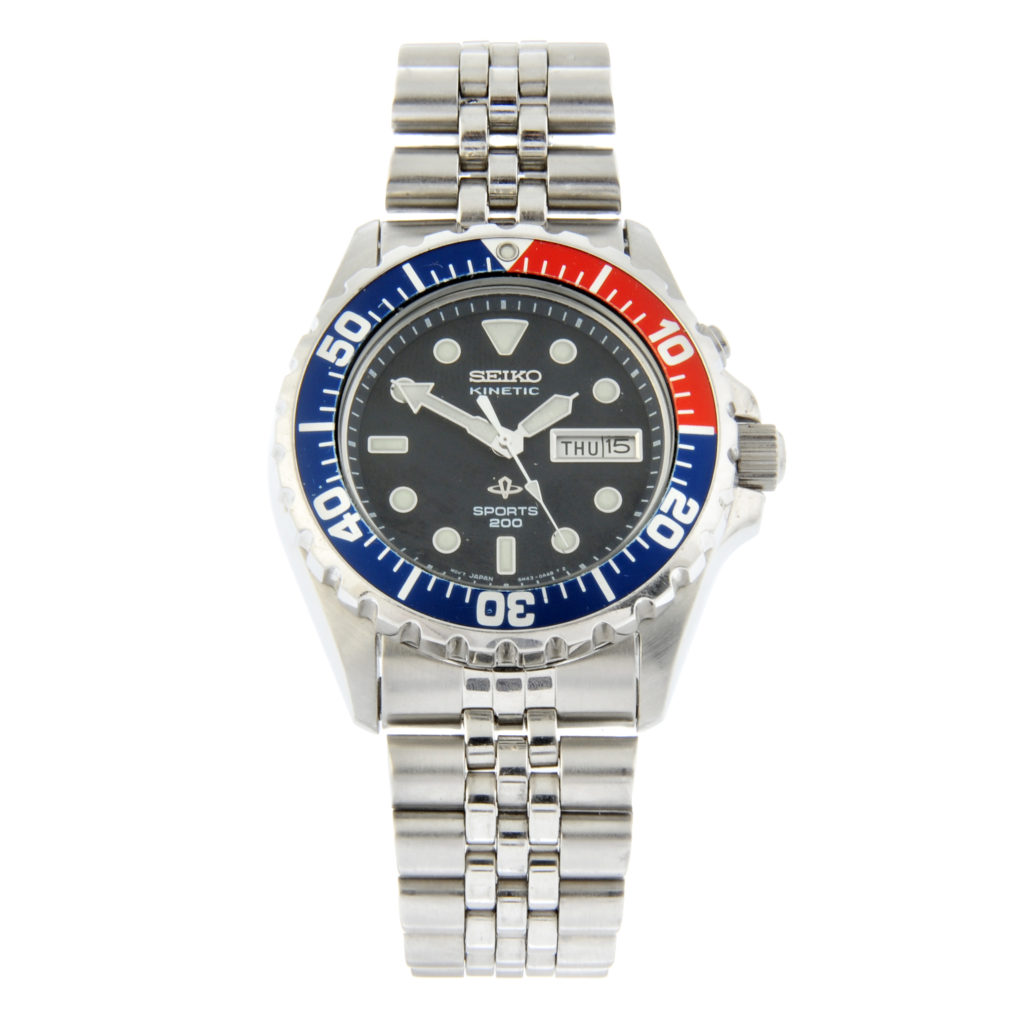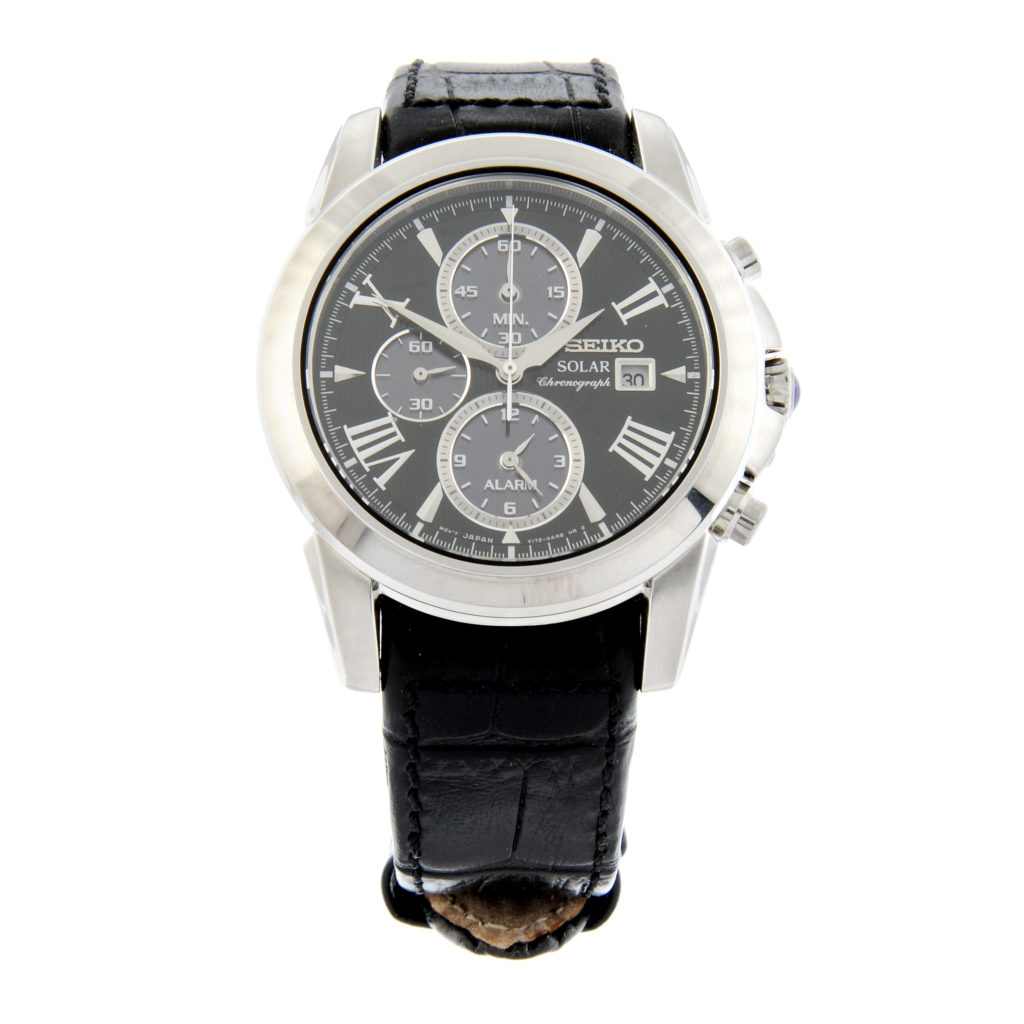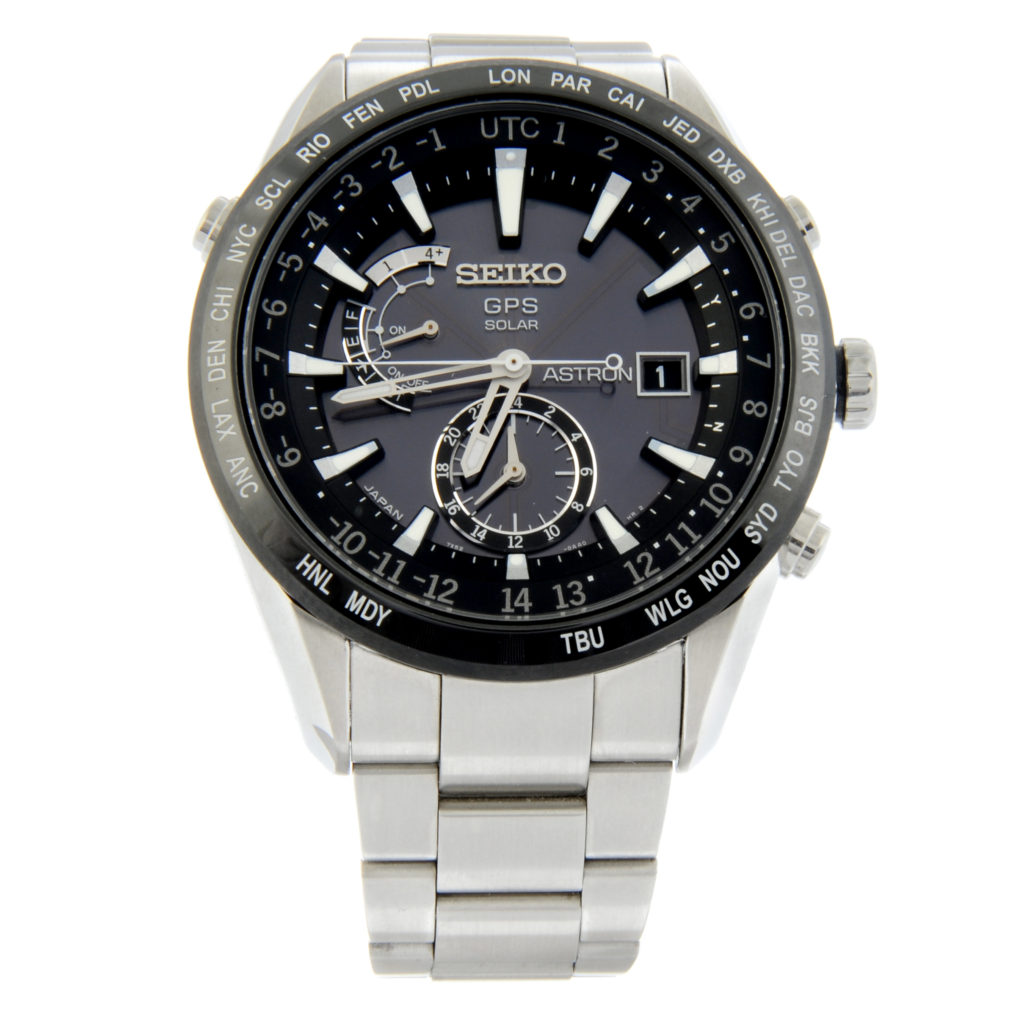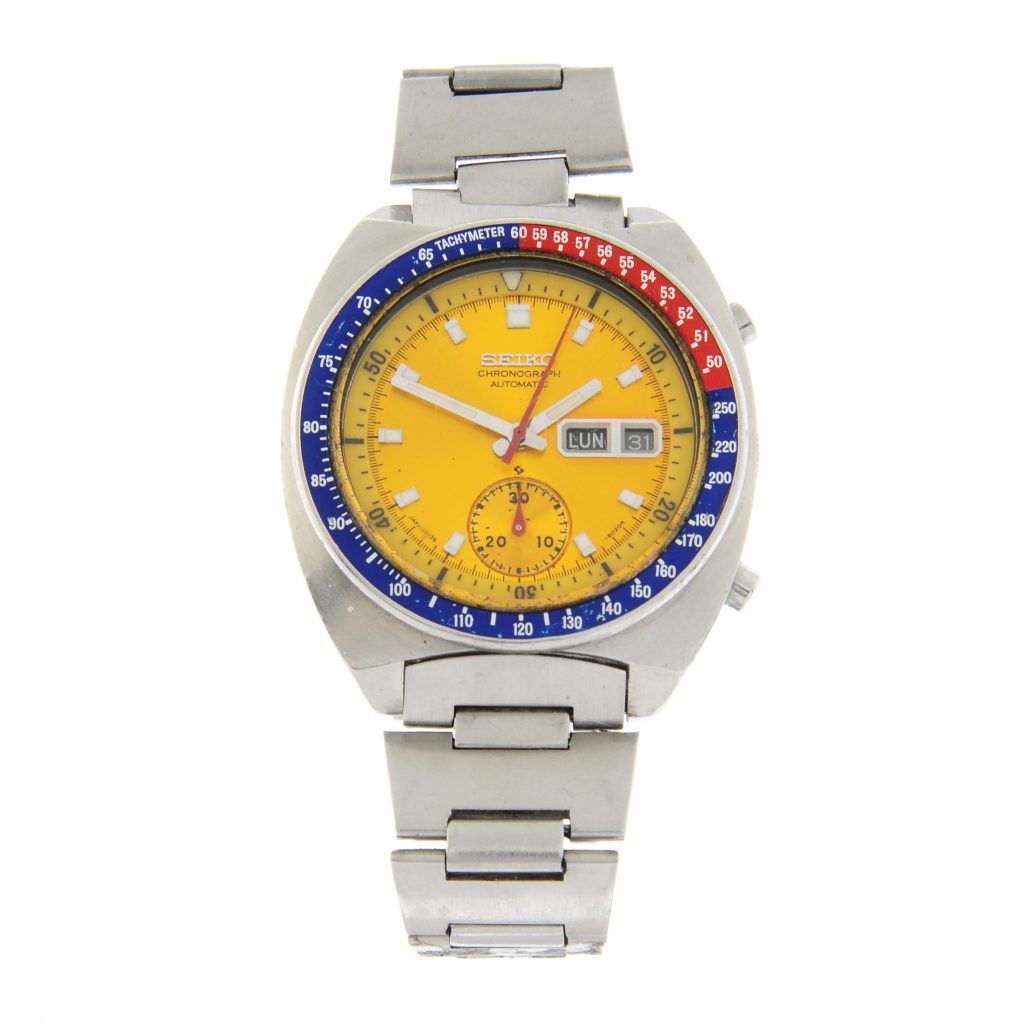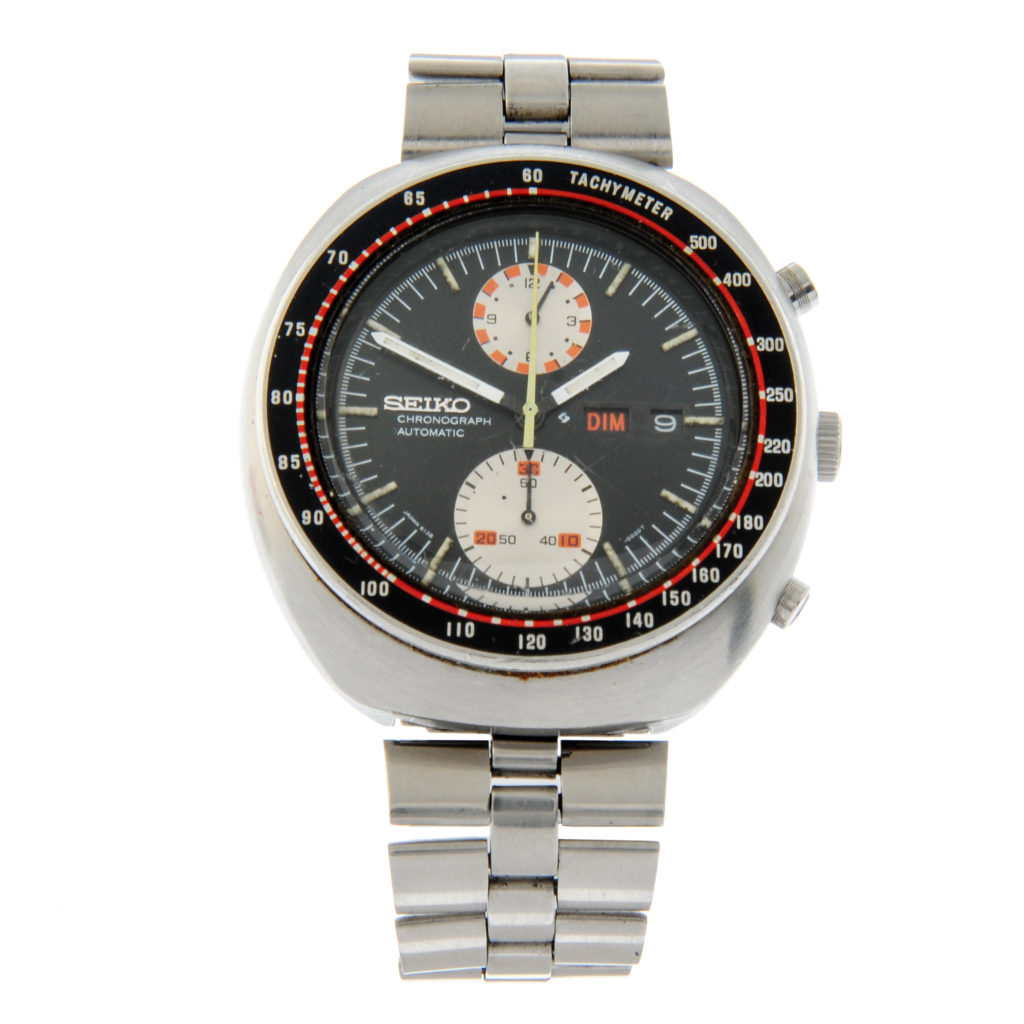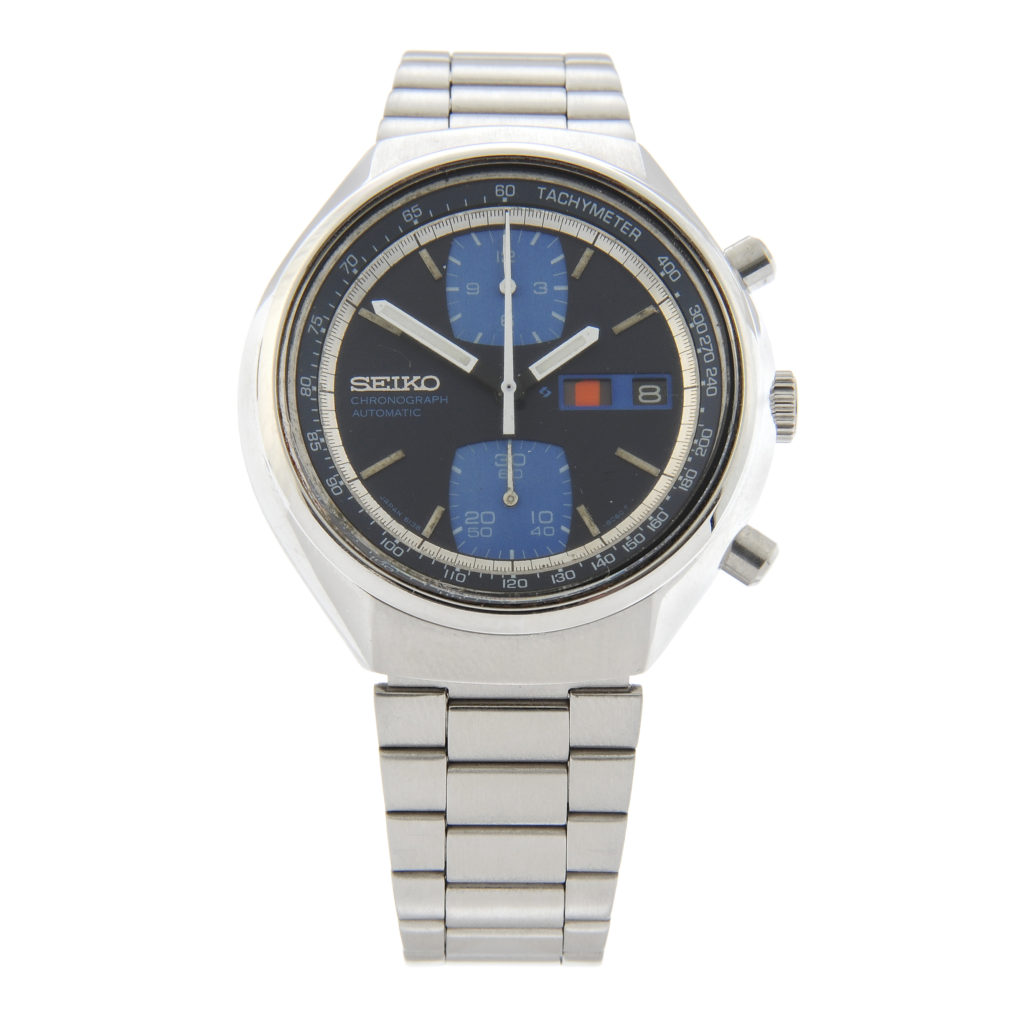1881 – 1930s
The history of Seiko began in 1881 when Kintarō Hattori, a 21-year-old entrepreneur, opened a small shop called “K. Hattori” in Tokyo’s Ginza district. His business specialised in selling and repairing watches and clocks. Over the years, Kintarō envisioned producing his timepieces, leading him to establish the Seikosha factory in 1892, where he started manufacturing wall clocks.
The name "Seikosha" means "House of Precision," which reflected Kintarō’s goal of producing high-quality timepieces. In 1913, Seikosha produced Japan's first wristwatch, known as the Laurel.
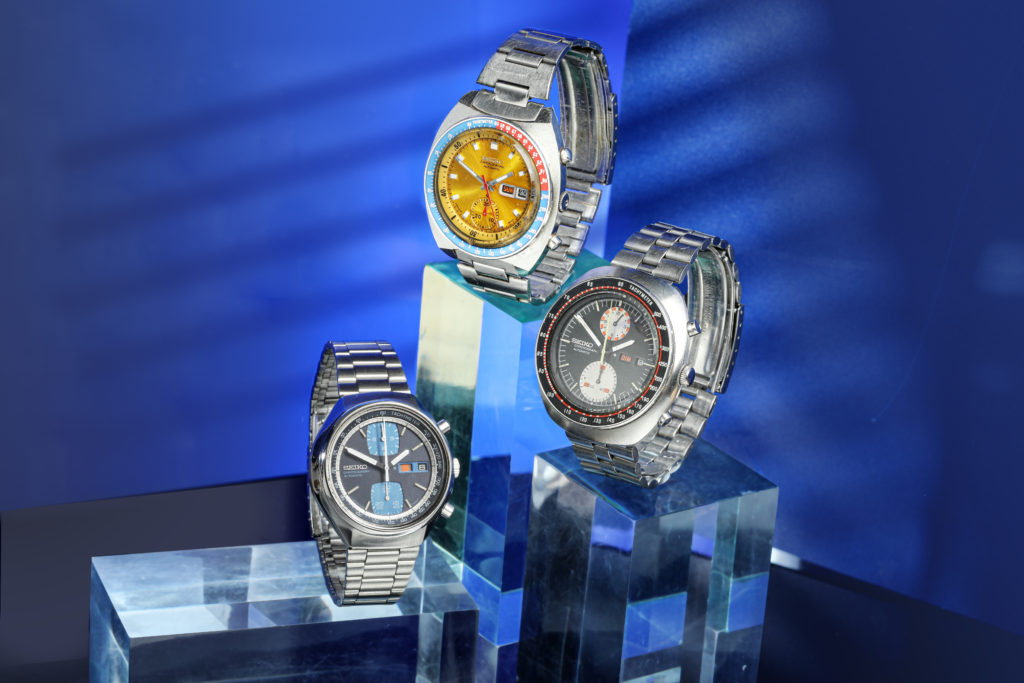
1924 – 1960s
The Seiko brand was officially introduced in 1924. It was the moment when Seikosha shifted from clock-making to wristwatches, and the "Seiko" name, meaning "exquisite" or "success" in Japanese, was chosen for this new line.
A significant innovation came in 1956 when Seiko introduced the Diashock, a shock-resistant mechanism designed to protect watches from damage. This innovation made Seiko watches more durable and further solidified the brand's reputation for precision.
1969 - The Quartz Revolution
The year 1969 Seiko introduced the world’s first quartz wristwatch, the Seiko Quartz Astron. This ground breaking development changed the landscape of watchmaking. The Astron was 100 times more accurate than any mechanical watch at the time and laid the foundation for quartz technology to dominate the watch industry in the coming decades.
Seiko’s quartz movement was so revolutionary that it disrupted the Swiss watch industry, which had been the leader in luxury mechanical watches. This era became known as the Quartz Crisis, as many traditional watchmakers struggled to compete with Seiko’s affordable and highly accurate quartz timepieces.
1960s – 1970s
In the 1960s, Seiko entered the world of sports and dive watches. In 1965, Seiko introduced Japan’s first-ever diver's watch, the Seiko 6217 (62MAS), capable of withstanding depths of up to 150 meters. This model gained popularity for its durability and functionality, becoming the blueprint for the brand’s future dive watches.
In 1969, Seiko further solidified its place in horological history by introducing one of the world’s first automatic chronographs, the Seiko 6139. It featured the “magic lever” winding system and a vertical clutch, making it a favourite among collectors.
1960 - The Rise of Grand Seiko
Seiko has always been about precision, but in 1960, the brand decided to challenge Swiss luxury watches with the introduction of the Grand Seiko line. The goal was to create the “ideal” watch with flawless accuracy, durability, and aesthetic design.
1980s – 2000s
In 1986, the brand developed the Kinetic technology, which uses the movement of the wearer’s wrist to generate electricity, powering a quartz movement without the need for a battery.
In 1999, Seiko introduced another revolutionary innovation, the Spring Drive. The Spring Drive movement combined mechanical watchmaking with the accuracy of quartz, creating a movement with a continuous, perfectly smooth second-hand motion.
Seiko Today
In 2010, Seiko introduced the Astron GPS Solar, the world’s first solar-powered GPS watch, which adjusts to any time zone on Earth with precision. The company has also embraced eco-friendly initiatives, ensuring that many of its watches are powered by solar or kinetic energy, reducing the need for batteries.
The brand also has a deep connection with various global sporting events. It has been the official timekeeper for major events like the Olympic Games (1964 Tokyo Olympics) and FIFA World Cups. Seiko watches have also been prominently featured in pop culture, from James Bond movies to space missions.
Seiko in Auction
Watches & Watch Accessories | Monday 30th September 2024
Viewing times (ID required):
Birmingham
Friday 27th September 10:00-16:00
Virtual viewings are available by request. Virtual viewings are the ultimate personal shopping experience. Using Zoom, you can ask us whatever you need to know to buy with confidence. Find out more here.


